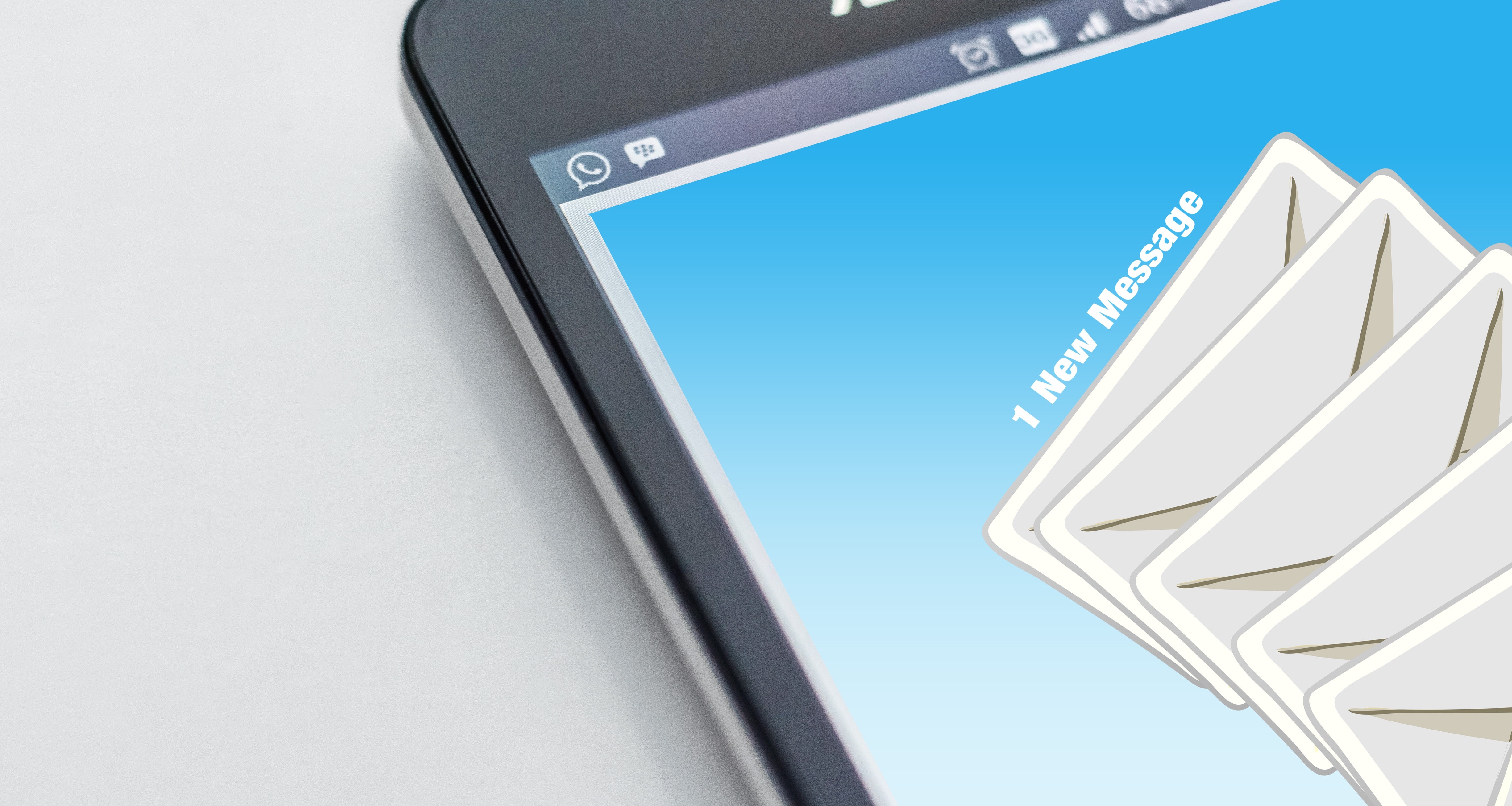
Use of these methods will ensure that your strategy is current and effective.
What is it and Why Does it Matter?
Email marketing is the use of email to promote products or services (or both!) and is used to cultivate a relationship between your company and your customers. This allows you an opportunity to keep customers informed of product offerings and to tailor marketing messages to them. It is also one of the best ways to increase sales and the number of potential customers.
Targeted Anchors Explained
An anchor is hyperlinked text that directs you to another site when clicked. Anchors are available in a variety of ways: branded, targeted, generic, plain URL, LSI, images etc. and have a direct effect on page ranking. These elements are read by search engine algorithms, which then determine the relevance of the page the anchor is on. Targeted anchors are the most effective type of anchor and an important part of any SEO strategy. Creating a great online marketing strategy requires utilizing both tactics.

Best Practices for Email
1. Personalize those Emails
Starting off an email with a “Dear Customer” or “Hello” can often come across as cold. Personalizing emails with a name increases credibility and delivers a better customer experience.
2. Pick the Right Time of the Week and Frequency
The “right” time of the week largely depends on the type of business you have and your customers. This can be a trial and error process but once customer patterns are understood, you’ll know what time to send your emails. Similarly, the frequency of your releases should largely depend on your audience and what they are receptive to. A general rule of thumb here is to send out emails no more than once a week. According to statistics, email marketers who send out one newsletter per week enjoy the highest open and click-through rates. Once you’ve picked your date, make sure to send a tester email to yourself before release using various email clients.
3. Make your Emails Mobile Friendly
With smartphones now being ubiquitous, optimizing for mobile is imperative. Consumers are most likely to check their email on their mobile devices, so messages must be tailored for this format. If the message is too hard to read, users are more likely to delete immediately or even worse – unsubscribe. Making your emails mobile friendly includes adding snappy headlines, captivating call to actions, and considering various screen sizes.
4. Provide Support for HTML Elements
HTML elements can appear very differently depending on the email client being used. To keep your email appearing broken or incomplete, make sure that you have a backup for unsupported elements in your code. Doing so will ensure that your brand reputation goes untarnished and your customers remain happy.

Best Practices When Using Anchors
1. Use Targeted Anchors
As stated earlier, the more relevant the anchors, the better. Anchors should direct to pages that are related to your topic – both Google and your readers will prefer this.
2. Switch up your Anchors
Using anchors efficiently doesn’t just end at targeting. It is also important to incorporate a variety of different anchors in an organic manner.
3. Test your Strategy
The best way to find out if your targeted anchors are working for you is to test and analyze them. Doing so will allow you to figure out what strategy works best.
